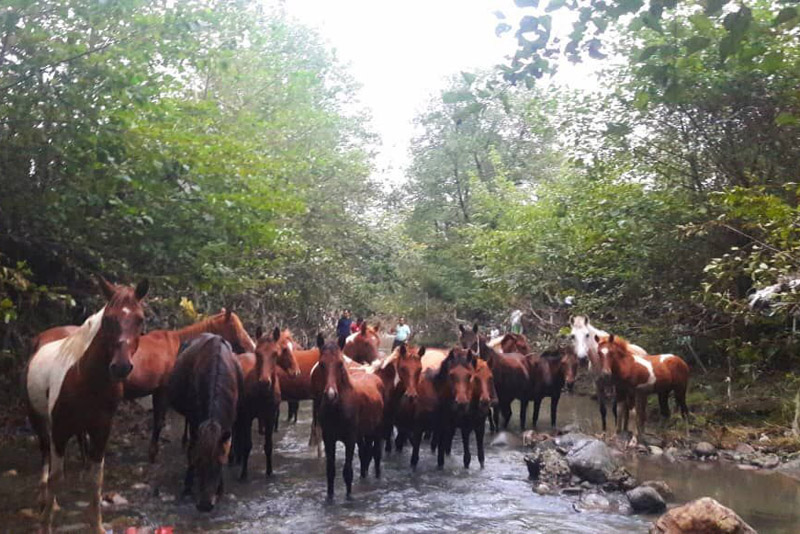This study was determined the efficiency of microsatellite markers for conservation plans and breeding strategies in Caspian horse population.
Hamid Reza Seyedabadi, Sima Savar Sofla
Jurnal Veteriner, September 2018
The aim of this study was to evaluate genetic characterization of the Caspian horse population using microsatellite markers. This study was determined the efficiency of microsatellite markers for conservation plans and breeding strategies in Caspian horse population.
A total of 120 Caspian horse samples including 95 adults and 25 foals were genotyped by using seventeen microsatellite markers recommended by ISAG. The number of allele per locus varied from 5 (HMS01 and HTG07) to 9 (HTG10) with an average of 7.41. The observed heterozygosity and the expected heterozygosity ranged from 0.505-0.831 (mean 0.684), from 0.615-0.835 (mean 0.748) respectively. PIC value ranged from 0.716 (HMS01) to 0.834 (AHT04) with an average of 0.787.
The total exclusion probability of 17 microsatellite loci was 0.9999. The low values of Wright’s fixation index/ Fis (0.084) indicated the low levels of inbreeding. A significant heterozygote excesses based on different models, suggested that Caspian horse population has decreased to low numbers in the past, but a bottleneck event is still very striking, and its number has recently increased is not in mutation drift equilibrium. The present study contributes to our knowledge of the genetic diversity of the Caspian caspian horse population and helps to deûne its genetic conservation strategies.

